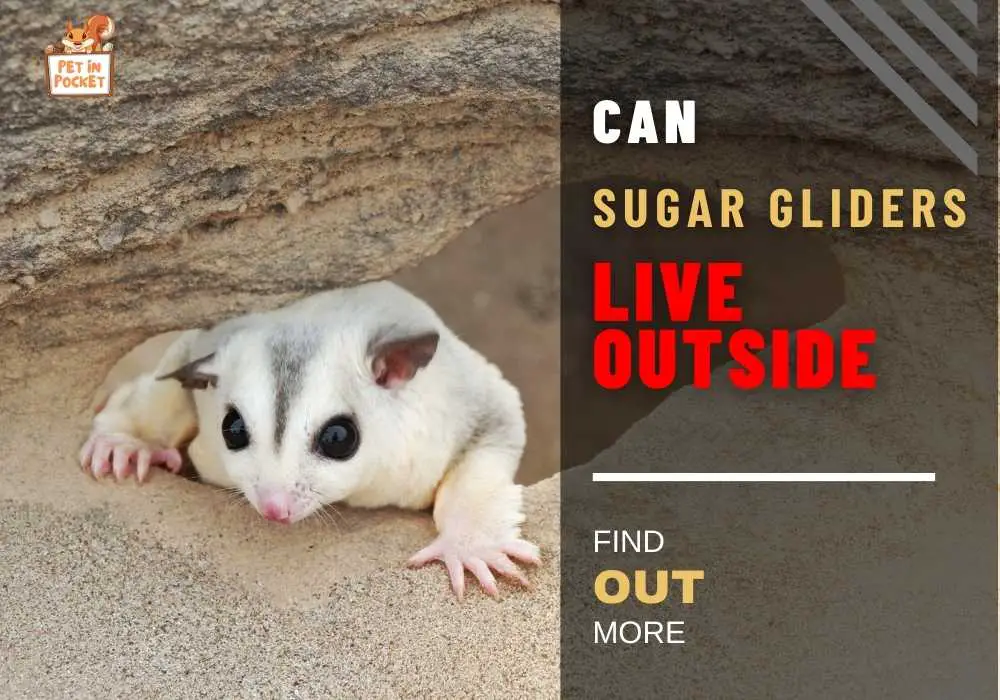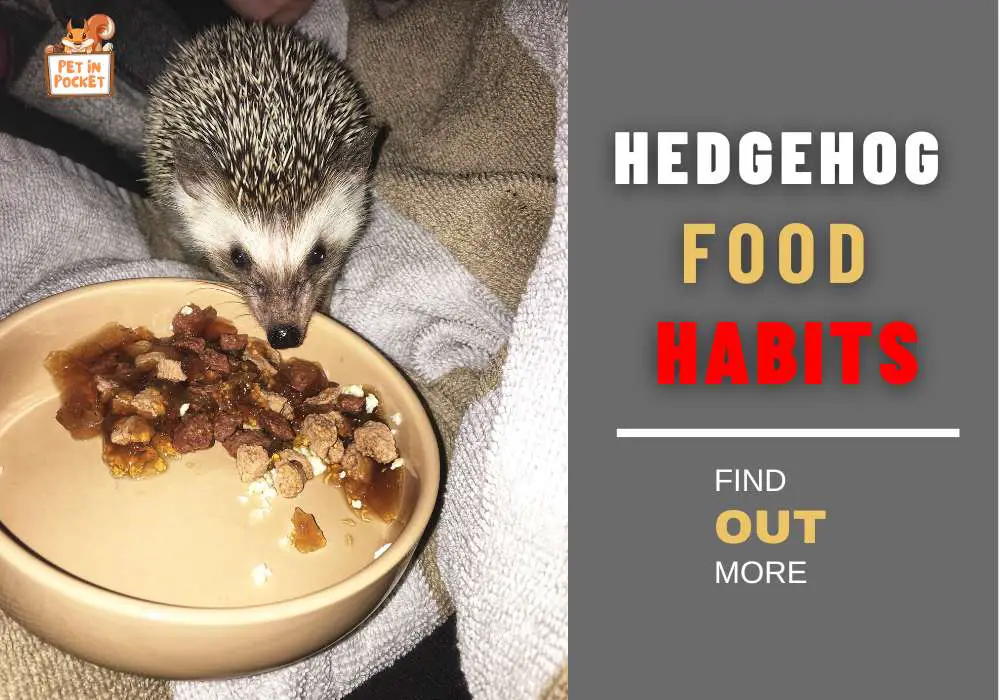Yes! Your sugar gliders need a bath. However, many pet owners are unaware of how to properly care for them, particularly when it comes to their hygiene. Bathing sugar gliders can be a tricky process if not done correctly and can lead to health risks.
In this blog do sugar gliders need a bath?, we will go over everything you need to know about bathing your sugar glider safely and effectively. We’ll discuss the importance of cleanliness for sugar gliders, the risks and benefits of bathing them, pre-bathing checks, the step-by-step process of bathing them, and post-bath care.
We’ll also explore other methods to keep your sugar glider clean and odor-free, such as diet adjustments and cleaning their cages. By the end of this post, you’ll be equipped with all the knowledge you need to keep your furry friend healthy and happy.
Table of Contents
Understanding Sugar Gliders and their Hygiene
We must maintain a proper hygiene for the health and well-being of sugar gliders. While these small marsupials have natural grooming habits, regular bathing can help maintain cleanliness and prevent issues like odor and skin problems. It also reduces the risk of parasites and infections. Understanding sugar gliders’ bathing needs is essential for responsible pet parenting. By keeping their fur clean and healthy, you can ensure your pet sugar glider stays happy and comfortable.
Sugar Gliders’ Grooming Habits
As a pet owner we must know that sugar gliders have unique grooming habits that are essential for their health and well-being. These small marsupials groom themselves using their tongues, paws, and teeth to keep their fur and skin clean. Additionally, they have scent glands that they use to mark their territory, a natural behavior that is important for their social bonding. Understanding these natural grooming habits is crucial for pet parents to provide the best care for their sugar gliders’ overall health.
The Importance of Cleanliness for Sugar Gliders
We must maintain the cleanliness which is essential for the overall health and well-being of sugar gliders. By regularly cleaning and bathing them, you can prevent skin infections, irritation, and control odor, keeping them smelling fresh. Moreover, clean sugar gliders are less likely to experience health issues like parasites or infections. Make cleanliness a priority to ensure the best possible care for your pet sugar glider.
Risks and Benefits of Bathing Sugar Gliders

We must keep in mind mind that regular bathing is crucial for maintaining healthy fur and skin in sugar gliders. However, it can be a stressful experience for these social animals, so it should be done carefully. Bathing also provides an opportunity for pet parents to bond with their sugar gliders. Understanding the potential health risks and benefits of bathing is essential. Balancing bathing frequency is the key to keeping sugar gliders comfortable and healthy.
Health Risks of Bathing
When it comes to bathing sugar gliders, there are several health risks that we need to be aware of. Excessive bathing can strip natural oils from their fur, leading to dryness and skin issues. Using water that is too warm can even cause hypothermia. Improper bathing techniques can result in stress and anxiety for these social animals. Bathing them too frequently can disrupt their scent glands, affecting their natural defense mechanism. Regular bathing can also increase the risk of rectal impaction, pneumonia, and other health problems.
Benefits of Regular Cleaning
We should clean the sugar gliders regularly for their overall well-being. It not only minimizes odor but also keeps them smelling fresh. Cleaning their pouch regularly helps prevent the buildup of bacteria or parasites, reducing the risk of infections or irritations. Additionally, regular cleaning allows pet owners to monitor the health of their sugar gliders closely. Clean sugar gliders are more comfortable, happier, and less prone to health issues. Maintain their hygiene for a healthy and content pet.
Pre-bathing Checks for Sugar Gliders
Before bathing your pet sugar glider, it’s essential to conduct a thorough health examination to ensure they are in good health. Gather all the necessary tools like warm water, baby wipes, and a warm damp washcloth before starting the bathing process. Creating a calm and comfortable environment for your sugar glider is crucial to minimize stress during the bath. Remember to keep them warm to avoid hypothermia. By understanding and following these pre-bathing checks, you can prepare for a successful and stress-free bathing experience.
Health Examination
Before giving your sugar glider a bath, it’s important to conduct a health examination. Check for any visible health issues like skin irritations or wounds. Ensure that your sugar glider is warm enough for bathing by observing its body temperature. Examine its fur for abnormalities such as parasites or excessive shedding. Don’t forget to check its scent glands for signs of infection or discharge. A thorough health examination can help you identify any potential health concerns before bathing your pet sugar glider.
Gathering Necessary Tools
To ensure a smooth and stress-free bathing experience for your pet sugar glider, it’s essential to gather all necessary tools beforehand. Collect warm water, warm towels, baby wipes, and a warm damp washcloth. Prepare a bathtub or sink with warm water at the right temperature for sugar gliders. If needed, have pet-safe shampoo or vet-recommended bathing products ready. By gathering all the tools in advance, you can minimize stress and make bath time more comfortable for your furry friend.
How to Safely Bathe Your Sugar Glider?

To safely bathe your sugar glider, start by using warm water and pet-safe shampoo if necessary. Gently wet their fur, avoiding their head and face. Clean hard-to-reach areas with a warm damp washcloth or baby wipes. Rinse thoroughly and dry gently with warm towels.
Step-by-Step Bathing Process
Introducing your pet sugar gliders to the bathing process can be a bit challenging, but it is necessary to keep them clean and healthy. Start by using small wet wipes to gently wipe their fur, gradually introducing them to the idea of being bathed. When it’s time for a proper bath, use a warm damp washcloth to clean their fur and scent glands, focusing on areas that may get dirty or produce odor. Remember to be cautious of their body temperature and provide a warm towel for drying. For specific instructions, consult a veterinarian to ensure your pet sugar gliders stay in good health.
Post-Bath Care for Sugar Gliders
Post-Bath Care for Sugar Gliders: After bathing your pet sugar glider, it’s important to follow a few post-bath care steps. Allow them to dry naturally without using blow dryers or exposing them to high heat. Monitor their fur and scent glands for excessive wetness, as this can lead to odor or health issues. Offer treats or nectar as a reward for their good behavior. Remember to maintain a regular bathing routine, but be careful not to overdo it.
Other Methods to Keep Sugar Gliders Clean and Odor-Free
To keep sugar gliders clean and odor-free, there are several methods you can try. Firstly, provide them with sand baths as a natural way for them to clean their fur. Additionally, make sure to regularly clean their cages to remove waste, odor, and bacteria buildup. Adjusting their diet to include odor-reducing foods like pollen or nectar supplements can also help. Using baby wipes to gently clean their fur between baths will ensure they stay fresh. Lastly, creating a healthy home environment by minimizing dust, pet dander, and other odor-causing factors is essential. These methods will help keep your sugar gliders clean and odor-free, providing them with a happy and healthy living environment.
Diet Adjustments for Reducing Odor
To reduce odor in sugar gliders, it’s important to make diet adjustments. Incorporating natural oils like flaxseed oil into their diet improves skin health and reduces odor-causing scent glands. Fresh fruits and vegetables should be offered to help control odor. Consulting a veterinarian for diet recommendations ensures balanced nutrition. Avoid feeding foods with strong odors, such as onions or garlic. Additionally, keeping sugar gliders hydrated aids in controlling odor. Make these diet adjustments for a fresher-smelling pet sugar glider.
Cleaning Sugar Glider Cages
Regularly maintaining cleanliness in sugar glider cages is essential to ensure their wellbeing. By removing waste, odor, and bacteria buildup, pet parents can create a hygienic environment for these social animals. Opt for pet-safe cleaning products that won’t harm your sugar glider’s fur or skin. Additionally, clean cage accessories such as pouches, toys, and water bottles to maintain hygiene. Consider using natural odor absorbers like baking soda to keep the cages fresh. Remember to practice good hygiene yourself by washing your hands before and after handling your pet sugar glider.
How Often Should Sugar Gliders Bathe?

Assessing the bathing needs of sugar gliders involves considering their natural oils, body odor, and overall health. While complete baths can be stressful for these small creatures, it’s important to monitor their fur and scent glands for odor control. Here are some dos and don’ts to keep in mind when it comes to bathing sugar gliders:
Do:
Don’t:
Additionally, alternative methods like sand baths can help keep them clean between regular baths. By following these dos and don’ts, you can ensure your sugar glider stays clean and healthy without causing unnecessary stress or harm.
Frequently Asked Questions
How often should I bathe my sugar gliders?
It’s recommended to bathe sugar gliders once a month to prevent odor and keep their fur clean. However, if they get especially dirty or smelly, you can bathe them more frequently.
Is it safe to use regular soap or shampoo to bathe my sugar gliders?
No, it’s not safe to use regular soap or shampoo on sugar gliders. Use a specialized sugar glider shampoo or a gentle, fragrance-free soap instead.
Can I bathe my sugar gliders in a sink or bathtub?
Yes, you can bathe them in a sink or bathtub. Just make sure to fill it with warm water and not too much water depth to avoid drowning.
Should I use a hairdryer to dry my sugar gliders after bathing?
No, using a hairdryer can be too loud and stressful for sugar gliders. Instead, use a soft towel to gently pat them dry.
What should I do if my sugar gliders are afraid of water?
If your sugar gliders are afraid of water, try introducing it to them gradually. Start by placing a damp cloth in their cage and letting them get used to the sensation. Then, gradually increase the amount of water until they are comfortable with a full bath.
Conclusion
In conclusion, maintaining good hygiene for your sugar gliders is essential for their overall health and well-being. While bathing them comes with certain risks, regular cleaning is still necessary to prevent odor and keep their fur clean. Remember to conduct a thorough health examination before bathing and gather all the necessary tools to ensure a safe bathing experience. Additionally, adjusting their diet and regularly cleaning their cages can help reduce odor. Ultimately, it is important to find a balance and not overdo bathing as it can strip away essential oils from their fur.
By following these tips, you can ensure that your sugar gliders stay clean, healthy, and odor-free.






Leave a Reply